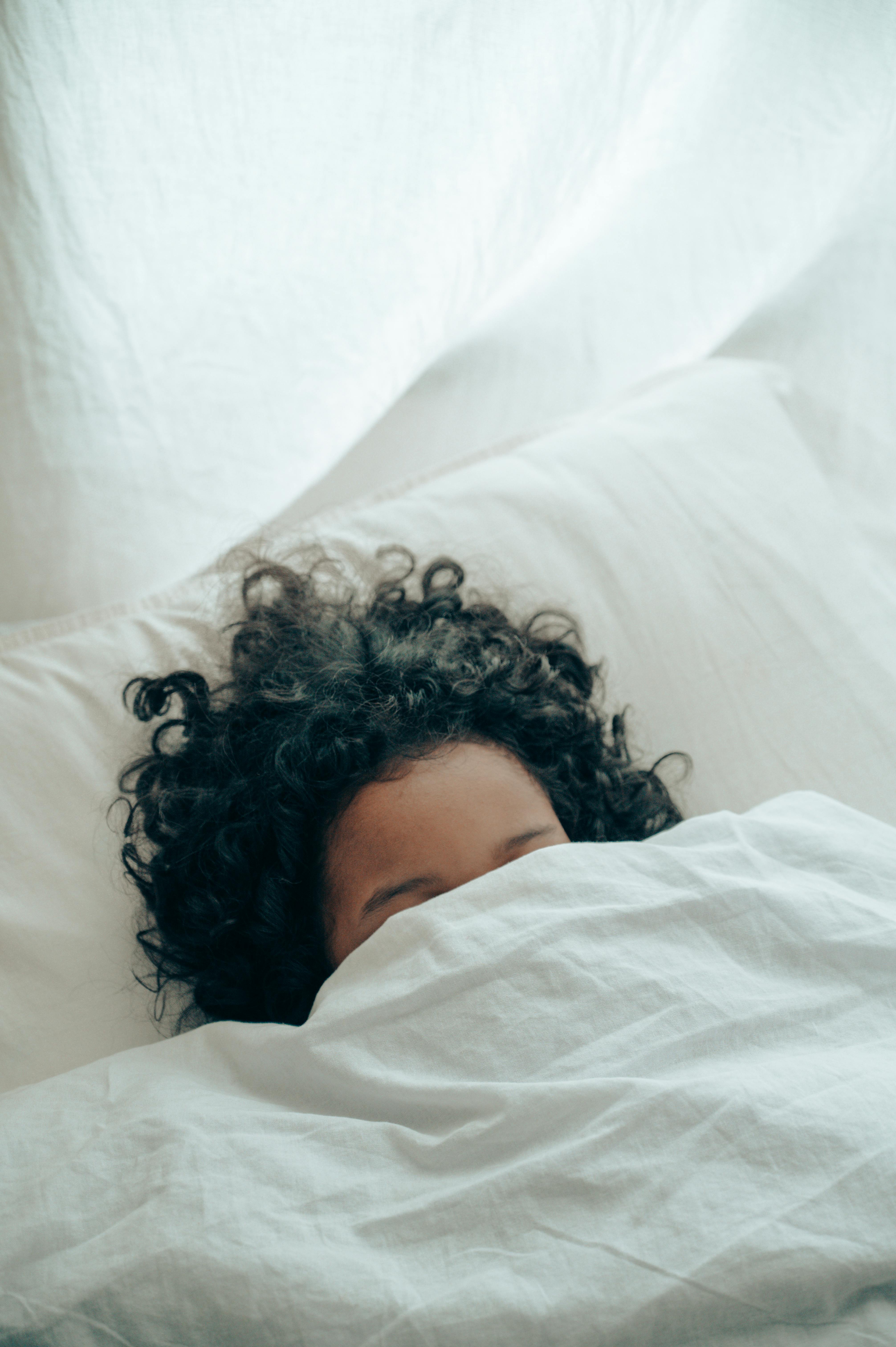Study links sleep disturbances with diminished ovarian reserve in women receiving infertility treatments.
A recent study revealed a link between sleep disturbances and diminished ovarian reserve (DOR) in women receiving infertility treatments. Researchers investigated various sleep factors, finding that shorter time to fall asleep and symptoms like snoring may influence hormonal levels and ovarian health. This team examined women receiving assisted reproductive treatments for reduced fertility, finding notable differences in sleep quality compared to those with healthier ovarian reserves. DOR, a condition marked by fewer eggs and reduced fertility potential, can complicate efforts to conceive, making an understanding of related risk factors vital for those struggling with infertility.
The research examined nearly a thousand women seeking treatment, assessing their ovarian reserves via hormone levels and follicle counts. Participants were divided into two groups based on these indicators: one with DOR and another without. Sleep quality was measured using various established questionnaires, which evaluated not only the time it took for participants to fall asleep but also their overall sleep duration, presence of snoring, and potential sleep disorders. The study found that women in the DOR group generally experienced shorter sleep durations and took less time to fall asleep. These differences, although they may seem minor, showed statistical significance, suggesting a real impact on reproductive health.
Women in the DOR group were more likely to report shorter sleep onset latencies—meaning they fell asleep more quickly than their counterparts in the non-DOR group. Additionally, these women had less total sleep time. Both shorter sleep onset and decreased sleep duration correlated with lower hormone levels and fewer ovarian follicles, indicators that influence a woman’s ability to conceive. Hormones such as follicle-stimulating hormone (FSH) and anti-müllerian hormone (AMH) are often used to gauge fertility, and deviations in these levels can serve as early signs of potential reproductive challenges.

The study’s findings suggest that disturbances in sleep could affect ovarian follicle development and hormone production. In particular, women over 35 with shorter sleep onset times or who experienced snoring had an increased likelihood of DOR. This connection may reflect an underlying hormonal imbalance that could be exacerbated by disrupted sleep. Furthermore, age played a significant role, as women above the age threshold were generally more susceptible to these sleep-related risk factors. Body mass index (BMI) was also examined, with different risk profiles observed based on BMI, reinforcing that multiple factors contribute to fertility.
Further breakdown of sleep duration into groups (more than 8 hours, 6–8 hours, and less than 6 hours) revealed a clear trend: women who achieved longer sleep durations tended to have higher AMH levels and more follicles, strengthening the connection between rest and reproductive health. Sleep onset was similarly categorized, with those taking longer to fall asleep showing more robust AMH levels compared to those with quicker sleep onsets. These findings highlight the nuanced role that specific aspects of sleep, not just overall quality, play in reproductive well-being.
The study’s use of statistical analyses further cemented these associations, identifying key predictors of DOR beyond simple correlations. Age, sleep latency (time to fall asleep), and overall sleep quality stood out as independent risk factors. Notably, the presence of snoring was linked to DOR, particularly among older women, suggesting that mild forms of sleep apnea could contribute to hormonal disruptions affecting ovarian function.
Researchers suggest that incorporating sleep assessments into fertility evaluations could help doctors provide more targeted support for women with sleep disorders or other related risk factors. By identifying and addressing these factors early on, it may be possible to improve outcomes for women hoping to conceive. Since DOR is a complex and multi-faceted condition, understanding how lifestyle and physiological elements like sleep interact with fertility can offer a more comprehensive approach to treatment.
Overall, the study underscores that sleep quality and reproductive health are closely intertwined. For women over 35, especially those experiencing symptoms like snoring, focusing on improving sleep may offer a straightforward way to support reduced fertility. This could involve lifestyle modifications, the use of sleep aids, or treatments for underlying sleep conditions. As the scientific community continues to explore these links, prioritizing sleep health may become an integral part of reproductive care, aiding in the early detection and management of conditions like DOR. This approach provides hope for those facing fertility challenges, highlighting a relatively simple area where adjustments could potentially enhance reproductive outcomes.
Sources:
New study links shorter time to fall asleep and snoring to higher risk of ovarian decline


Join the conversation!